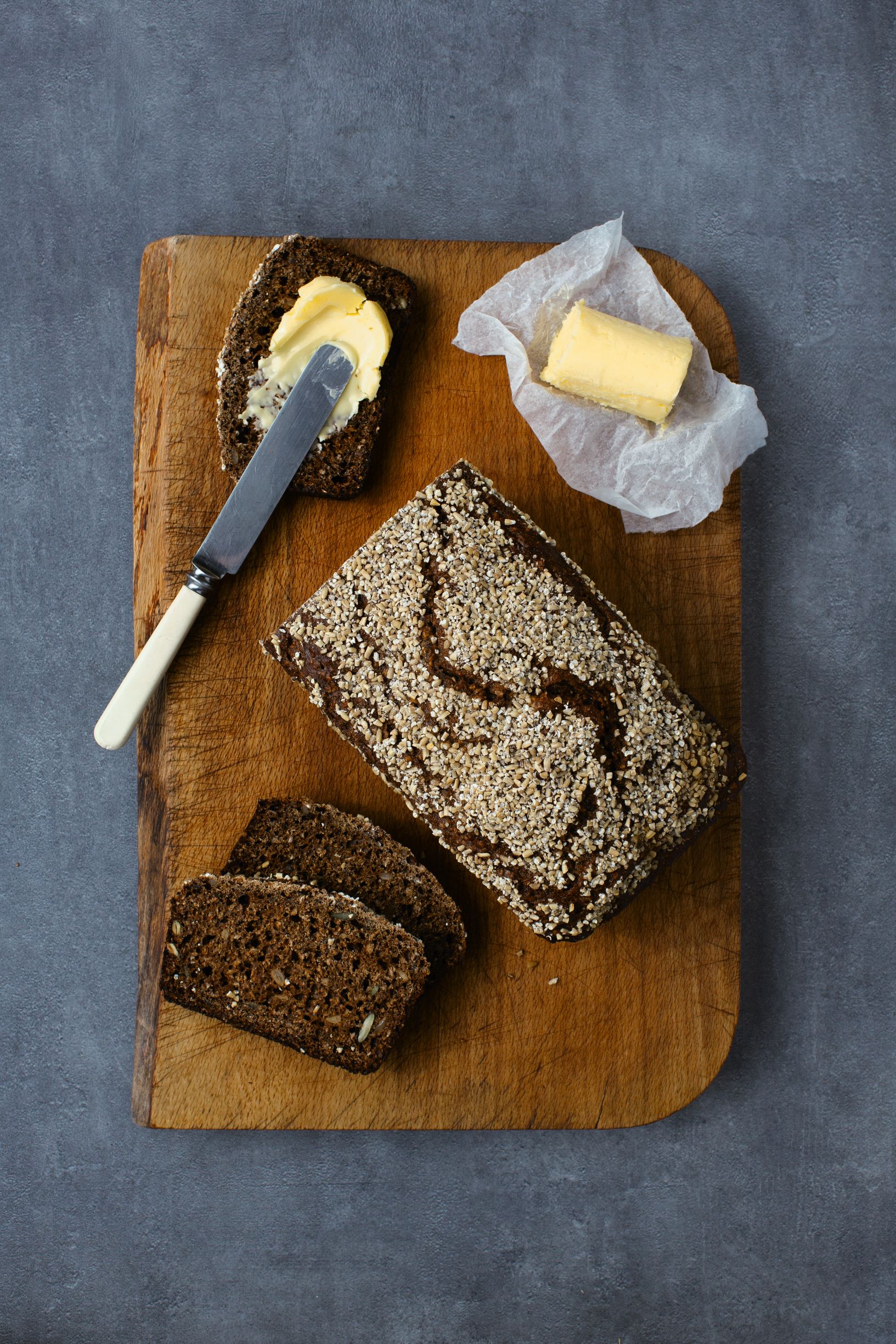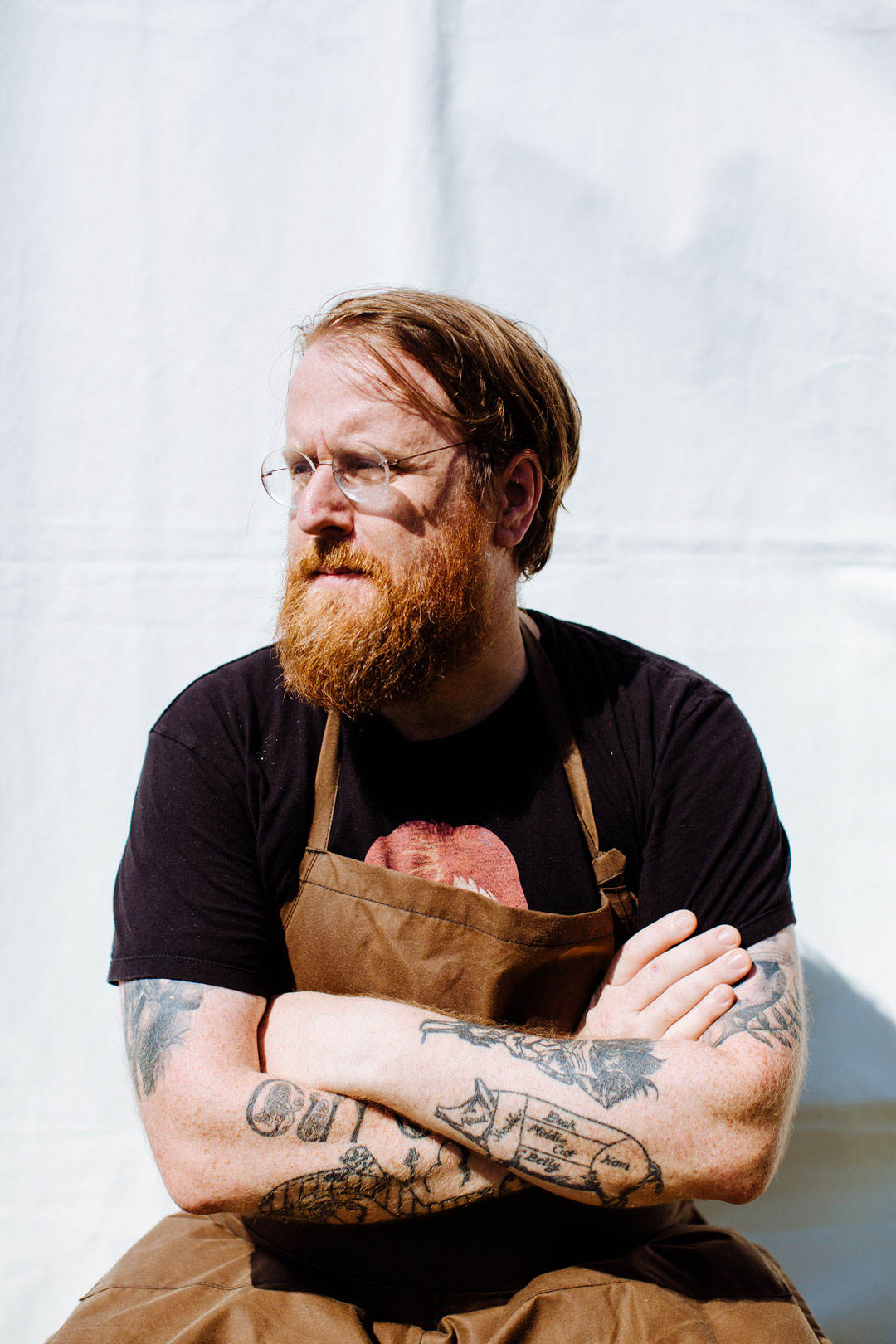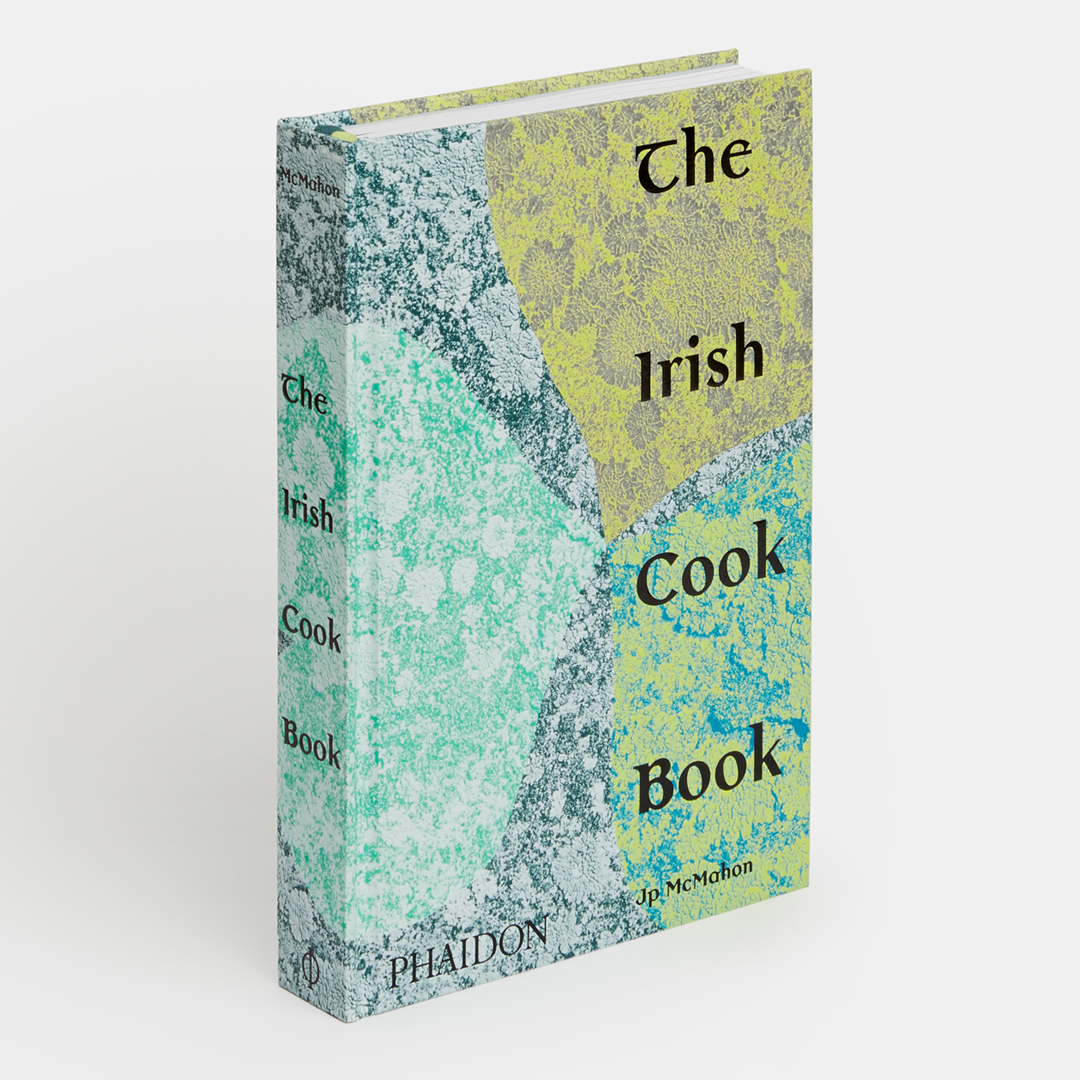
Soda bread isn’t as Irish as you think
In the Irish Cookbook, the chef and scholar Jp McMahon digs deep into his country’s varied baking traditions
Alongside potatoes, Guiness and lamb stew, there are few comestibles so closely associated with Ireland as soda bread. Yet in The Irish Cookbook, Jp McMahon, a Michelin-starred restaurateur, newspaper columnist and passionate advocate of Irish food, calls many of our culinary preconceptions into question.
The book not only features a feast of Irish recipes; it has plenty of food for thought, as McMahon traces the history of his nation’s eating habits from the earliest times through to the present day. Consider, for instance, McMahon’s assertion that soda bread isn’t exactly an ancient part of his country's culture.

“Soda bread, the staple of our grandparents, which we imagine was made in Ireland since the ice age, only emerges in the latter half of the nineteenth century,” he writes. “Cheaper wheat from America combined with the invention of bicarbonate of soda (baking soda) and leftover buttermilk (from making butter) turned into a staple.”
The arrival of those ingredients simply forms part of Ireland’s changeable bakery traditions, as McMahon knows. “Because of the weather, wheat was difficult to grow in Ireland,” he writes. “In one sense, this is why our own bread tradition comes and goes over the centuries. Barley bread in the Middle Ages must have taken the teeth out of the monks who consumed it. One traveller to Ireland in the eighteenth century noted that bread from the south was usually made with oats, but in the Midlands, it would be made with rye and wheat.
“The oven arrived with the Normans and they did much to change the nature of bread making in Ireland. It became more refined (if only for the aristocratic classes). Bakeries, or bakehouses (with ovens) became a feature of Irish towns following the Norman invasion. The spices and dried fruits that continue to appear in Irish cooking all stem from the arrival of the Normans. Though for most, the bread would remain a simple affair, cooked on a griddle pan – a large flat grill pan – over an open fire. In this sense we have two bread traditions in Ireland, one for the rich and one for the poor, until at least the rise of the middle classes in the nineteenth century.”
However, McMahon sees the Irish bakery scene changing once more, with switch back to older methods. “Sourdough has made a welcome return,” he writes, citing artisanal and craft bakers who satisfy the appetites of today's Irish middle classes just as the imported wheat flour and baking soda once did. Yet McMahon still leaves plenty of room for soda bread, and recommending it as an accompaniment to many dishes in his new book.

For Jp’s own soda bread recipe, which also features stout and treacle, as well much more besides, order a copy of The Irish Cookbook here.